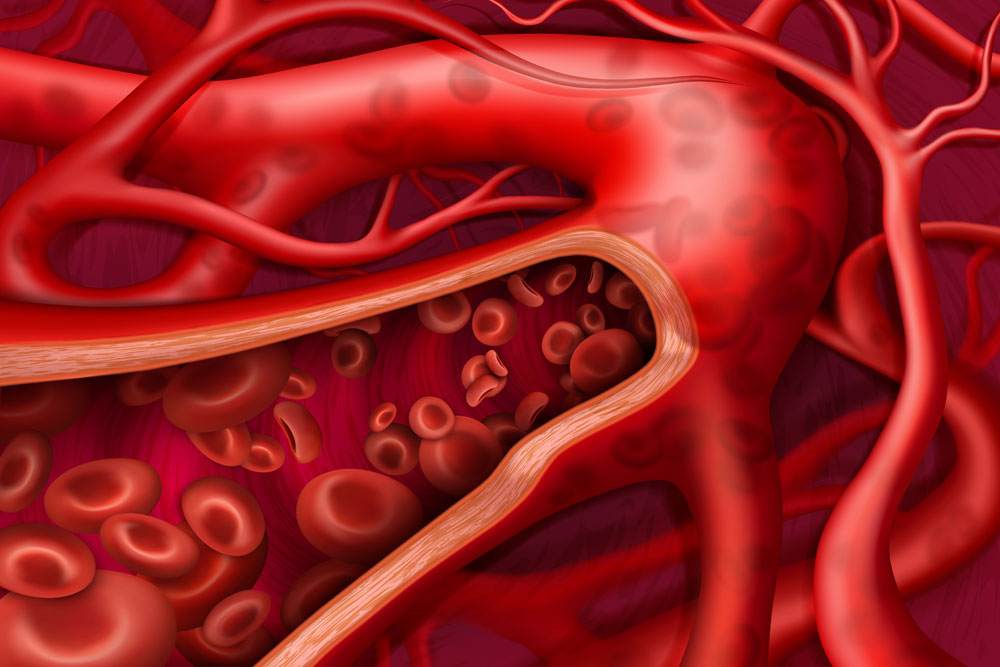Pulsed Electromagnetic Field (PEMF) therapy has gained recognition as a non-invasive and non-toxic treatment option for various health conditions. It involves the application of electromagnetic fields to the body, which stimulate cellular activity by increasing metabolic efficiency along with biochemical efficiency and therefore promoting healing.
In recent years, there has been growing interest in understanding the effects of PEMF on microcirculation, heart health and the anticoagulant effects of blood thinning. This article explores the significance of microcirculation, the link between microcirculation and cardiovascular health, the role of PEMF therapy in improving microcirculation and heart health, and its potential as an anticoagulant treatment.
The Significance of Microcirculation
Microcirculation refers to the circulation of blood in the smallest blood vessels, including arterioles, venules and capillaries, which are present inside organ tissues. These microvessels play a crucial role in delivering nutrients and oxygen to cells and removing waste products.
Microcirculation is essential for tissue function and plays a critical role in maintaining overall health and comfort. It is responsible for optimising nutrient distribution while occupying minimal space within the body. The intricate branching pattern of the microcirculation can be described using fractal geometry, which is associated with efficient tissue perfusion. Understanding the significance of microcirculation is key to comprehending the effects of PEMF therapy on the body. Microcirculation has unique characteristics that allow it to adjust oxygen and nutrient supply according to the metabolic demands of different tissues.
Link Between Microcirculation and Cardiovascular Healthpendent vasodilation, a process involving the relaxation of blood vessel walls, plays a crucial role in microvascular reactivity and overall cardiovascular health.
Assessing cutaneous microvascular reactivity has been proposed as a prognostic marker for chronic diseases, providing insights into the underlying mechanisms and intensity of endothelium-dependent vasodilation response. By improving microvascular function, interventions such as PEMF therapy have the potential to positively impact cardiovascular health.

Understanding Microvascular Hemodynamics
The microcirculation can be considered a functionally independent entity within the circulatory system. It consists of arterioles, venules, and capillaries with diameters ranging from 5 μm to 100 μm. These vessels adjust blood flow to match the changing nutritional needs of parenchymal cells and remove metabolic byproducts. The configuration of blood vessels within the microcirculation is optimized to achieve efficient blood flow distribution, ensuring that tissues receive adequate oxygen and nutrients. The regulation of microvascular structure and function is crucial for maintaining overall tissue health.
PEMF Therapy and its Effects on Microcirculation and Heart Health
PEMF therapy has gained attention as a non-invasive and non-toxic treatment option for various health conditions, including those related to the heart and microcirculation. It involves the application of electromagnetic fields to the body, which can penetrate tissues and influence cellular activity.
PEMF therapy has shown promise in improving heart function, promoting angiogenesis, and enhancing microcirculation. By interacting with heart tissue, PEMFs can affect physiological functions at the cellular and tissue levels, leading to potential benefits for individuals with heart-related issues. The precise mechanisms through which PEMF therapy exerts its effects on microcirculation and heart health are still under investigation, but emerging evidence suggests positive outcomes.
The Anti-Coagulant Effects of PEMF Therapy
In addition to its effects on microcirculation and heart health, PEMF therapy has also been investigated for its potential anticoagulant effects. Research suggests that magnetic fields, including PEMFs, can induce blood vessel dilation, leading to increased blood flow and improved circulation.
When blood vessels dilate, there is enhanced blood flow and oxygenation of tissues, which may have implications for blood thinning and the prevention of clot formation. PEMF therapy has shown promise in enhancing blood flow and circulation, thereby potentially reducing the risk of thrombosis and improving overall blood fluidity.
H3: Final Thoughts
PEMF therapy holds great potential in improving microcirculation, heart health, and the anticoagulant effects of blood thinning. By stimulating cellular activity and promoting efficient blood flow, PEMFs may contribute to the overall well-being of individuals with cardiovascular conditions and those at risk of thrombotic events.
However, further research and clinical studies are necessary to fully understand the mechanisms and optimal application of PEMF therapy in these contexts. Continued exploration of PEMF therapy will provide valuable insights into its potential benefits and guide its integration into clinical practice.
Ready to incorporate PEMF therapy into your self-care routine? Look no further than PEMF Therapy Australia. Our experienced and certified practitioner is dedicated to helping you achieve your wellness goals through the power of PEMF therapy.
Contact us today to learn more at 0452 527 284 or leave an enquiry.


